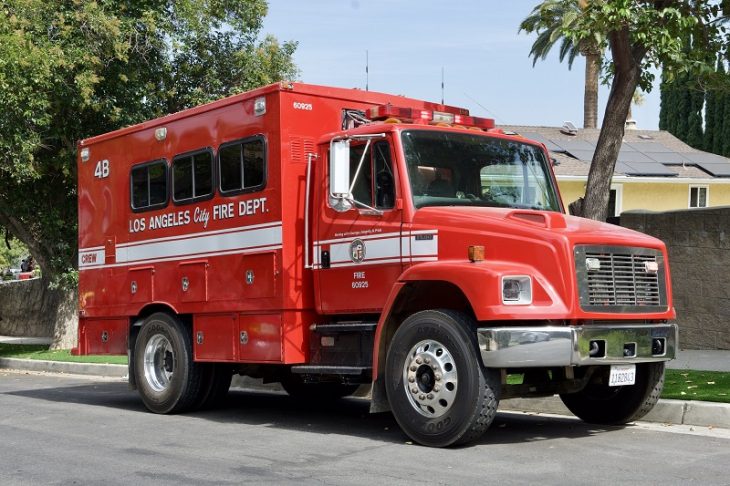Gas Prices Show Some Seasonal Improvement, But Future Uncertain
By Dolores Quintana
The national average for a gallon of gasoline has dropped as of Monday, October 30, to $3.49 per gallon. Although demand for gas has tapered off, the descent of gas prices remains sluggish, largely due to the prevailing cost of oil, which hovers around the mid-$80s per barrel.
Andrew Gross, a spokesperson for AAA, noted, “The oil market is highly responsive to global events, and current concerns about a potential escalation of conflicts in the Middle East are sustaining elevated oil prices. On the domestic front, drivers are likely to witness a gradual decline in pump prices as we head toward the holiday season.”
Recent data from the Energy Information Administration (EIA) indicates that gas demand has dropped from 8.94 to 8.86 million barrels per day (b/d) over the past week. Concurrently, total domestic gasoline stocks have seen a slight increase, reaching 223.5 million barrels. The combination of reduced gas demand and falling oil prices has contributed to the gradual decrease in pump prices. If oil prices continue to trend downward, drivers can anticipate further price reductions at the gas pump in the weeks ahead.
As of today, the national average gas price of $3.49 is 34 cents less than a month ago and 27 cents less than the previous year. The gas price in Los Angeles County decreased by one cent to $5.40.
At the conclusion of Wednesday’s formal trading session, West Texas Intermediate (WTI) crude oil prices saw a notable increase of $1.65, closing at $85.29 per barrel. The upswing in oil prices is attributed to concerns that the Israel-Hamas conflict could potentially escalate further, as there are indications of Israel preparing for ground operations. Additionally, the EIA reported that the total domestic commercial crude supply rose by 1.4 million barrels, reaching a total of 421.1 million barrels.
























